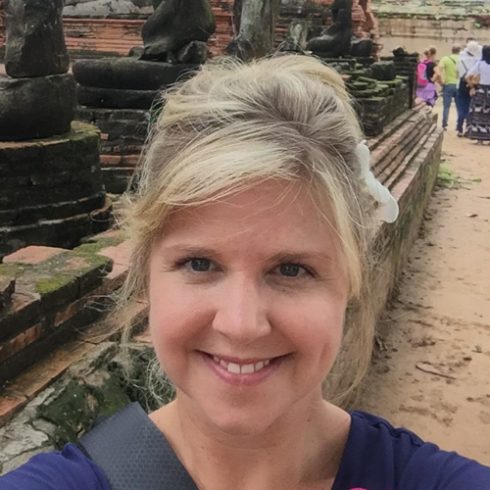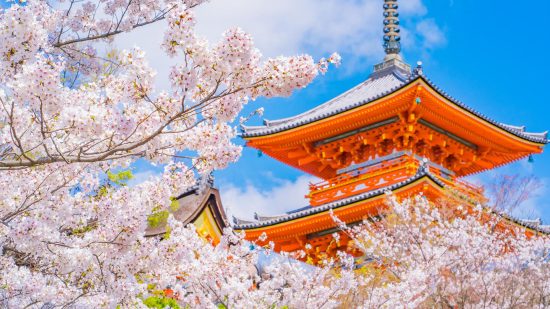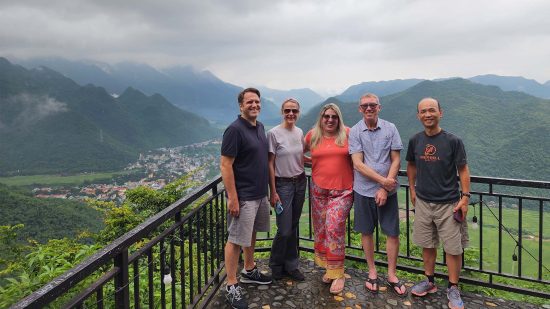Why an India Vacation is Always a Good Idea
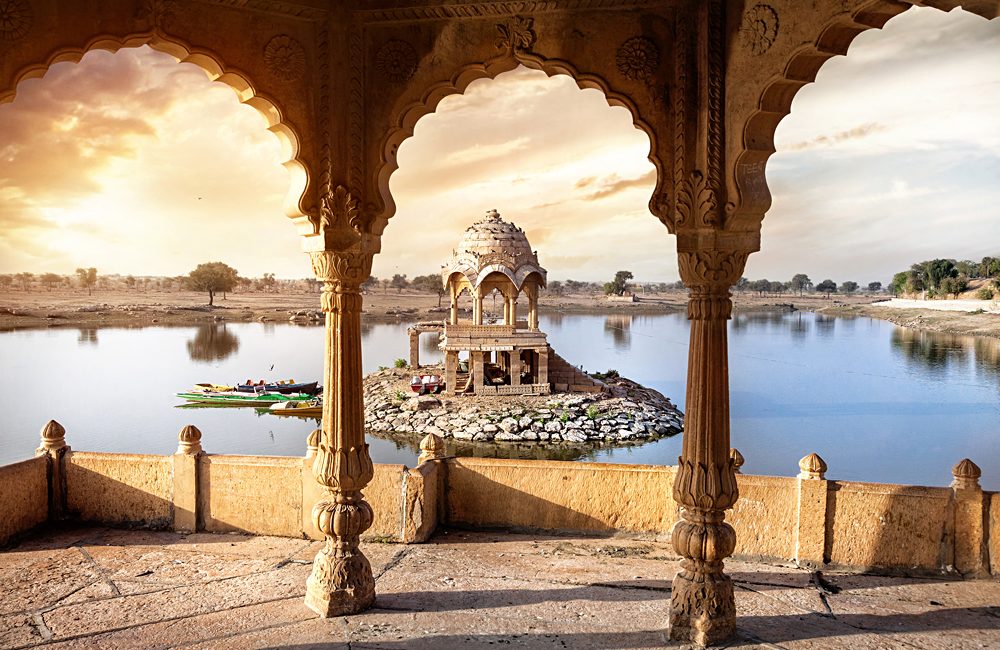

You might think you’re familiar with India from all the exposure it gets in the media, whether travel advertisements, movies, or books selling the nation as the ideal land to visit in order to get in touch with your spirituality, and taste the true flavour of life. Fact is, no matter how many pictures of the Taj Mahal you’ve seen, or how much you’ve read about India online or in bestselling paperbacks, an India vacation promises your client that nothing compares to the real thing.
Everyone has mental images about the country; just type “India vacation” into Google and your clients are met with pictures of the Taj Mahal, pristine sunsets, and women dressed in elaborate and colourful saris. They will see all these things in India, but the experience of travelling the country, meeting its incredible people, and immersing themselves in its long and storied history is about more than superficial sights. India is a deep-dive destination, where they could spend their whole life and still not uncover every secret wonder is has to offer.
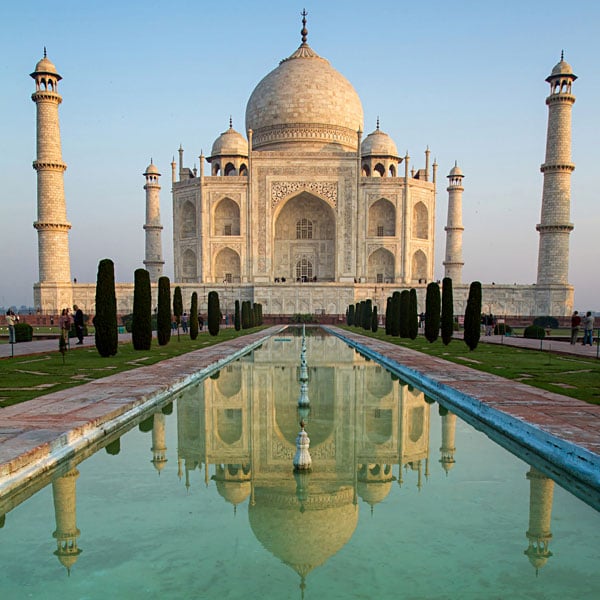
If your clients been mulling over heading to India but are daunted by the crowds or overwhelmed by the idea of experiencing its breathless rush of culture firsthand, don’t be. There are few more invigorating trips they could embark on than an India tour. It’s always a good time to head to India and experience this cultural juggernaut for themselves.
The food is simply incredible no matter where you go
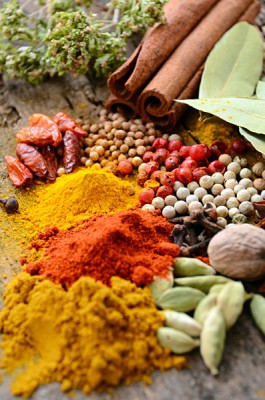

There are a lot of good reasons to visit India, but Indian food has to be at or near the top of the list. India is home to one of the best cuisines in the world, so your clients don’t have to worry about the food lacking flavour when they visit. As well, there’s no such thing as homogenous food on an India vacation, which means that no matter where they head to in the country, they’ll discover excellent dishes bursting with flavour.
It’s hard to make overarching statements about Indian food, but generally speaking, food in the north consists of thick curries and cream while food in the south is spicier and relies heavily on seafood and coconuts. However, each region has its focuses and specialties. Most Indian food in other parts of the world is actually North Indian cuisine, relying on dishes from Rajasthan and Punjab, with influences from Persian and Mughlai cuisine. These dishes usually consist of curries with mildly spicy sauces with cream and are served with naan. Meats and breads are often cooked in a tandoor oven, giving it a fiery, crisp texture. Examples of popular northern dishes are roti, chana masala, and rogan josh.
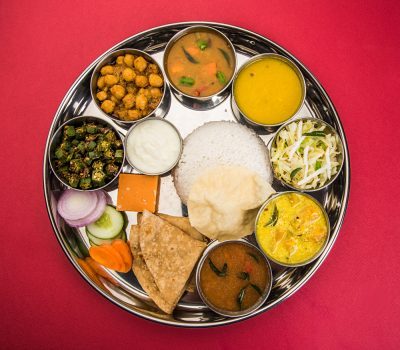

In South India, rice replaces naan as the staple served with most dishes. In regions like Kerala, food relies heavily on coconut milk and the meat served almost always derives from the sea. This emphasis on seafood also continues in Goa, the formerly-Portuguese colony on the coast, although they’ll also find beef and other European-inspired dishes sneaking onto the menu here. (Unlike most Indians, people in Goa are mainly Catholic, making beef a viable food option.)
In West India, they’ll find dishes that are a touch sweeter than anywhere else in the country. Also, if your clients are vegetarian, they’ll want to make a stop here, as almost all the popular dishes in West India and Gujarat are meat-free. In Bengal and Odisha, the cuisine again relies heavily on seafood, with popular dishes like maacher jhol (fish curry) serving fish in a very spicy sauce. If they head off the beaten path in India and travel to destinations like Jammu and Kashmir, Sikkim, or Himachal Pradesh, they’ll find Tibetan and Nepali influences dominating the cuisine, while dishes in North East India forgo the oil and masala of typical northern cuisine and substitute plenty of spice and pork to make up the difference.
Although they’ll have to be smart about what food to eat on an India vacation – for instance, avoid food stalls that look sketchy and don’t overdo it with spice if they’re not used to eating spicy food – they’ll find few countries that treat foodies better than India. Every day of their journey on India tours will be full of incredible flavours to cherish.
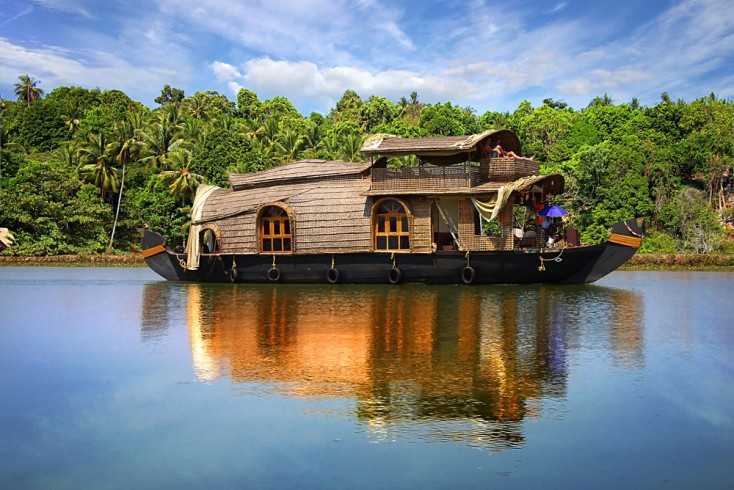

Everyone is familiar with the Taj Mahal. It’s maybe the most famous building in the world. Seeing this magnificent mausoleum in the northern city of Agra is reason alone to head to India. However, the Taj Mahal is a far cry from being India’s only world-class landmark.
In the famous Golden Triangle, between Delhi, Jaipur, and Agra, a traveller will find more monuments than many countries can boast. The capital, Delhi, is home to the Red Fort, the former home of the Mughal emperors who ruled India prior to English colonization. It also has Humayun’s Tomb, where many of those emperors are buried in opulent mausoleums, India Gate, a towering structure dedicated to all the soldiers who died in World War I, and Qutub Minar, which stands 74 metres tall and is the second largest minaret in the country. Within New Delhi, your client will find Swaminarayan Akshardham, a massive temple complex with landscaped gardens and intricate stone edifices dedicated to various Hindu gods.


In Jaipur, the Amber Fort, a massive fortification known for its intricate Hindu designs, as well as Hawa Mahal, or the Palace of Winds, with its incredibly-elaborate front wall full of intricate latticework. Outside Agra, there is Fatehpur Sikri, the hallowed ghost town that was meant to be a lavish highlight of the Mughal Empire but was promptly abandoned, making it one of the largest ghost cities in the world and an exceptional example of Mughal architecture.
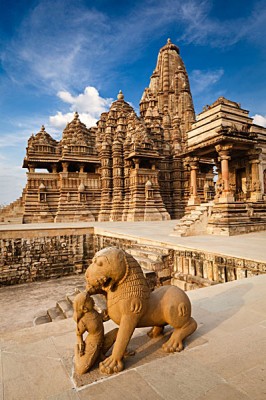

Of course, there are also plenty of landmarks outside the Golden Triangle. In the holy city of Varanasi, there is the Kashi Vishwanath or the Golden Temple, a stunning golden temple that is considered the holiest of sites dedicated to the Hindu god, Shiva. In the disputed states of Jammu and Kashmir in the far north, they’ll find rustic Karsha Gompa, a Buddhist monastery with structures dating back to the 10th century. If your clients decide to travel to the city of Amritsar in Punjab, they can visit Sri Harmandir Sahib, which is the most significant pilgrimage site in all of Sikhism. And in Madhya Pradesh, they can explore one of the most popular archaeological sites in the country, the Khajuraho Temples, which feature intricate sculptures dedicated to Shiva. In Mylapore, there’s a similar temple, Kapaleeshwarar Temple, which dazzles with the incredible coloured statues built into its façade.
As you can see, there are plenty of landmarks to see on an India vacation, as we’ve barely scratched the surface here. Your client’s days will be jam-packed with visiting world treasures and marveling at these masterworks of Indian culture.
You won’t find a more varied culture anywhere on the planet.
It’s not an exaggeration to say that India is a world unto itself. As such, your client might be overwhelmed when they first arrive. It’s key, then, that they don’t panic. Yes, India is perhaps king when it comes to culture shock the world over – it’ll have them thinking that “Surely, so many people cannot share so small and hot a space!” – but take a lesson from Indian culture itself and its legacy of mindfulness letting your clients know to take some deep breathes, centering themselves, and allowing themselves to embrace this big, colourful, hectic, enthusiastic culture on its own terms. They’ll be glad they did because there is so much to discover about this culture.
Let’s start with the obvious – the busy, chaotic streets that give Type-A personalities the heebie-jeebies. A seasoned traveler will be overwhelmed by the traffic jams and crowded streets of Indian metropolises like Delhi and Mumbai, but there’s also something undeniably fascinating about a culture where rickshaws, motorbikes, cars, and strolling pedestrians all share the space in chaotic harmony. Your client may think downtown New York City or Toronto is busy during peak traffic hour, but North America has nothing on India when it comes to bold city atmosphere.
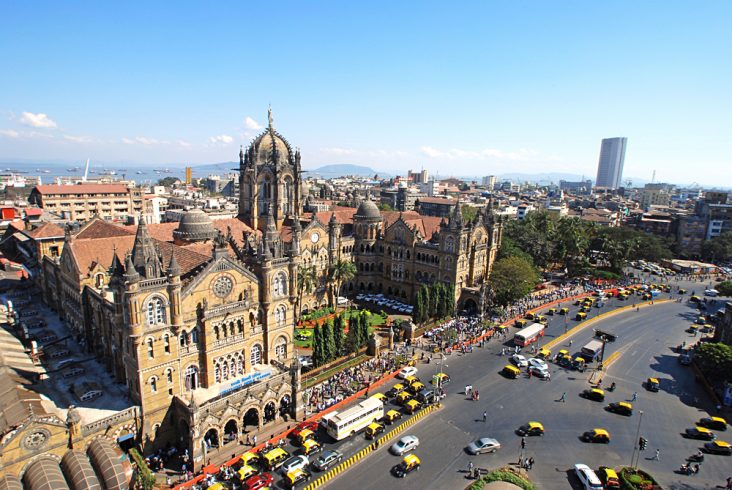

As well, the chaotic traffic and crowded trains are just superficial distractions from the rich culture that India has. This is the country that gave birth to four of the world’s major religions: Hinduism, Buddhism, Sikhism, and Jainism. Hinduism is the main religion in the country and you won’t find a better demonstration of Hinduism’s centrality to Indian culture than in Varanasi, the country’s religious capital. In Varanasi they can see pilgrims burning corpses on funeral pyres in the Ganges River or bathing in the ashes of the river in order to purify themselves. It’s a profound experience. Although religion has increasingly become sidelined in our modern world, India wakes a person up to the reality that it stills holds powerful sway over so many people.
One can also see traditional Indian culture in everything from the architecture to song and dance you’re your client ever has the opportunity to attend an Indian wedding, jump at the opportunity, as they’ll bear witness to one of the most lavish and colourful parties imaginable. The Hindu festival of Diwali, which is celebrated every autumn, is one of the country’s main holidays and a great time to get in touch with the deep wells of tradition in Indian culture. As well, the Holi Festival, which takes place every spring, is a great way to engage with a long, joyful tradition that unites the country.
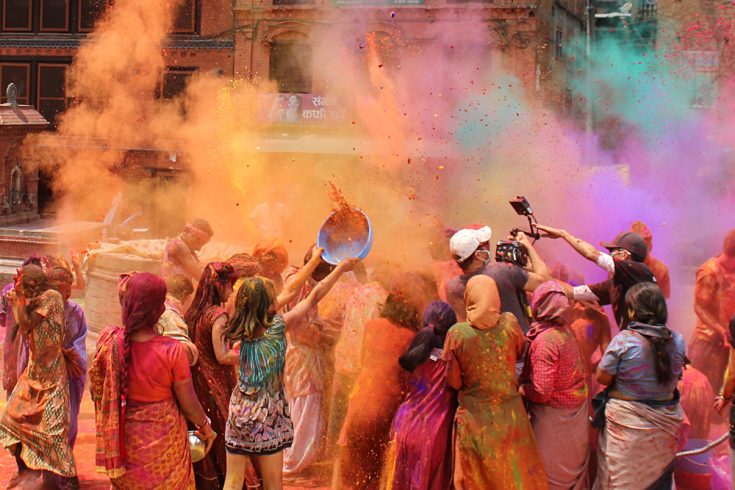

Modern Indian culture even has a lot to boast. A practice like yoga draws on ancient Indian techniques for mindfulness and bodily cultivation and has become popular the world over. Nowadays, India also plays a large role on the world stage as the world’s largest democracy and home to the world’s largest film industry. Many people say that the future belongs to India, so if your client wants to experience a country with a long tradition that is only set to expand its prominence in the future, head on an India vacation.
You’ll never stop discovering the country’s history
Speaking of history, India has one that ranks with the best of them. Anthropologists commonly refer to India as a cradle of civilization, as it was home to the Indus Valley Civilization, which flourished around five thousand years ago and helped give birth to what we think of as modern civilization. After that came the birth of the Vedic period, which coincided with the rise of Hinduism, Jainism, and Buddhism.
The Hindu empires that came out of that period spread their influence across Asia and flourished for many centuries until the Muslim Mughal Empire rose and controlled India, afterwhich the British colonized the region. Then came independence during the time of Mahatma Gandhi, partition, and the current growth of the nation into one of the superpowers of the near future. Talk about a whirlwind of history!
The incredible thing about India’s long history is that one can still experience it on an India vacation. The history doesn’t exist only in books or tales of times long gone by. Your client can visit old shrines, tour archaeological sites across the nation, and explore opulent forts from empires past. Whether they’re exploring French colonial influences in Pondicherry, examining 2000-year-old Buddhist caves in Ajanta, exploring the Mughal forts in Rajasthan, surveying the Hindu and Jain monuments in the Ellora Caves dating back to the 6th century, or walking the streets of bustling New Delhi, they’re experiencing a living history in India.
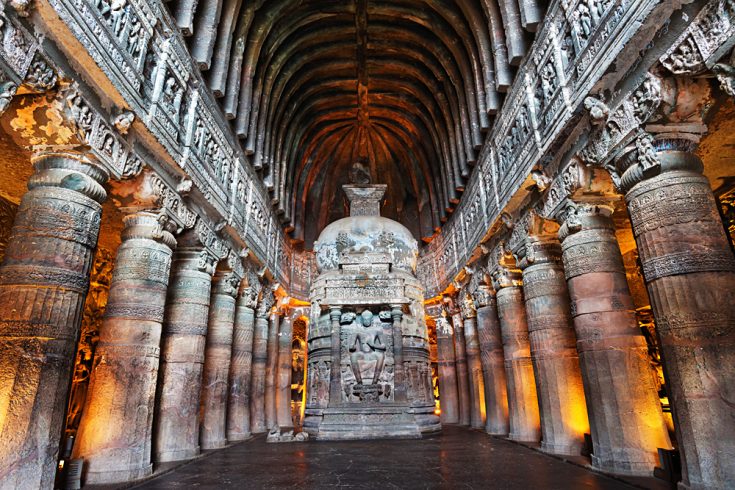

India is a country that never ceases to amaze. The culture is simply too vast and varied to provide any dull moments. That’s why a trip to India is such a rich experience. It lets your client experience first-hand the chaotic, colourful, beautiful history and culture of this great nation and engage with millennia of traditions that are as important to the people of the country today as they were when they were first codified.
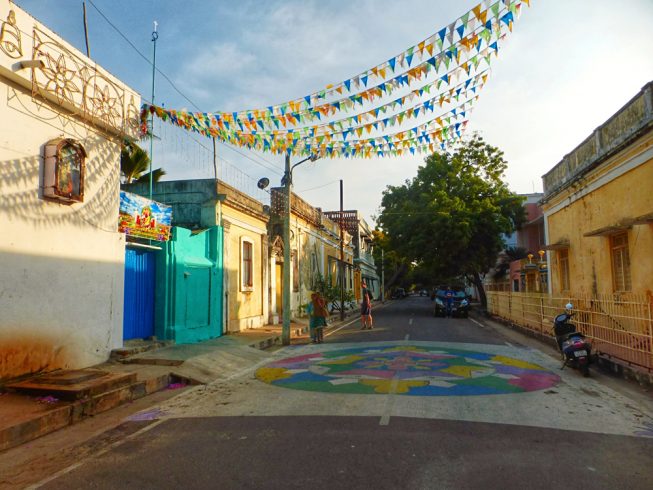

India is a great nation with a wealth of treasures to experience. Don’t be daunted by the vastness of its culture. Chat to one of our Asia Experts who can help you explore it and see for yourself why an India vacation is always a good idea for your client.
Our flagship tour for India is the Splendours of India and we have set departures through the year. Another popular option is the India Odyssey option. Goway Travel can also put together a customized itinerary to match individual needs and interests.
